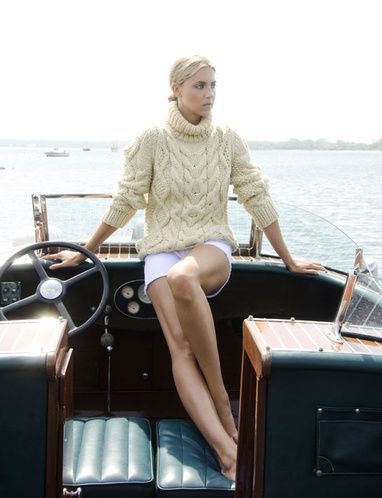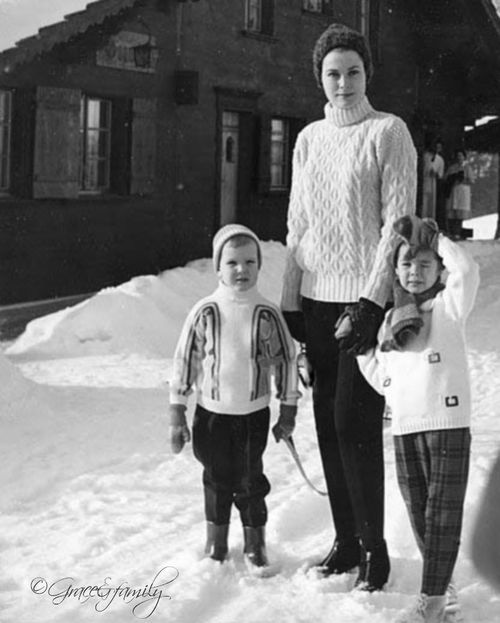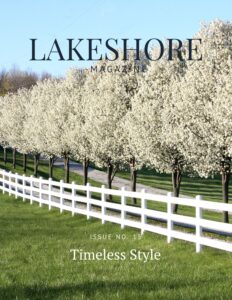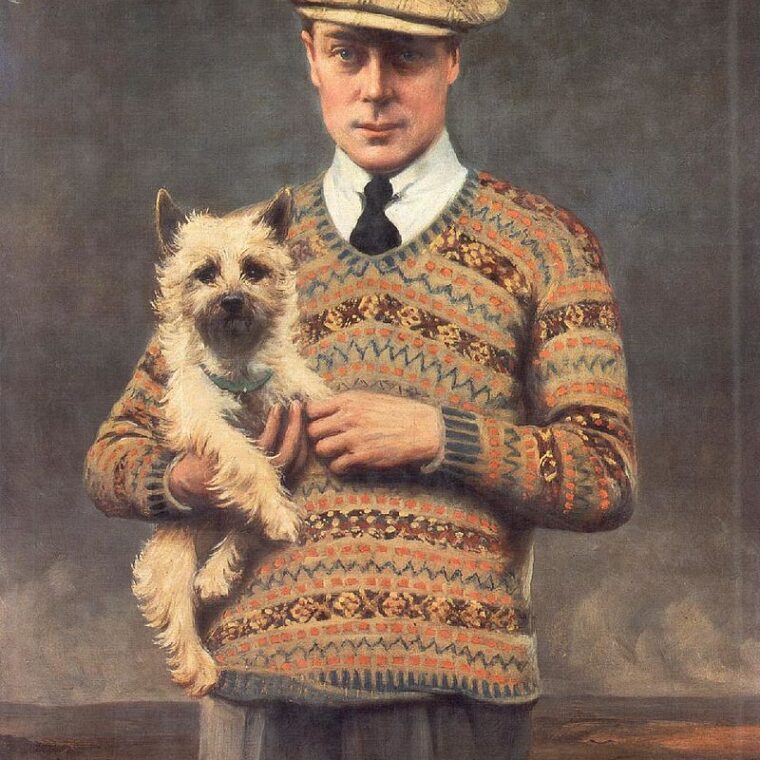No matter your age, you’ve been seeing the Irish fisherman’s sweater all your life. It shows up in films of Hollywood’s golden age and on inspiring style icons every season. Fashion brands with a focus on classic style regularly include a version of this sweater in their fall/winter product lines. Let’s take a trip back more than 100 years to discover the origin story of this perfect element of timeless style and function.
The true Irish Fisherman’s sweater traces its origin to the Aran Islands, a cluster of tiny islands off the rugged west coast of the Republic of Ireland. Fishermen of the late 1800s began wearing sweaters that were made of local wool and hand-knitted by artisans of the community. The original sweaters were made of untreated wool that retained the natural lanolin from the sheep providing some protection from water and wind.
The intricate stitching on each sweater is thought to carry a specific meaning relating to the fishing heritage of the Aran Islands. The Cable Stitch is said to represent fisherman’s ropes and hopes for a good catch. The diamond stitch represents the farm fields of Ireland and hopes for bounty. The Tree of Life stitch represents the family clan. Just one problem though…it’s not really true. The patterns are traditional, for sure and can be seen in the earliest examples of the fisherman’s sweater, but the interpretation is fabricated, just clever marketing dreamed up by a self-proclaimed textile historian named Heinz Edgar Kiewe in the 1930s. The myth lives on, however, and has been embraced by today’s largest Irish knit retailers.
If you can trace your family name back to Ireland, you may find that your clan developed a specific stitch pattern, much like the tartans of Scotland, to identify the family. Browse the pages of Aran Sweater Market’s online store to find your clan knits.
Get the original from Aran Sweater Market
While the original Irish Fisherman Sweater is always made of 100% wool and imported from Ireland, the fashion industry has long drawn inspiration from this classic and interpreted it in lighter-weight cotton. Here are some examples









